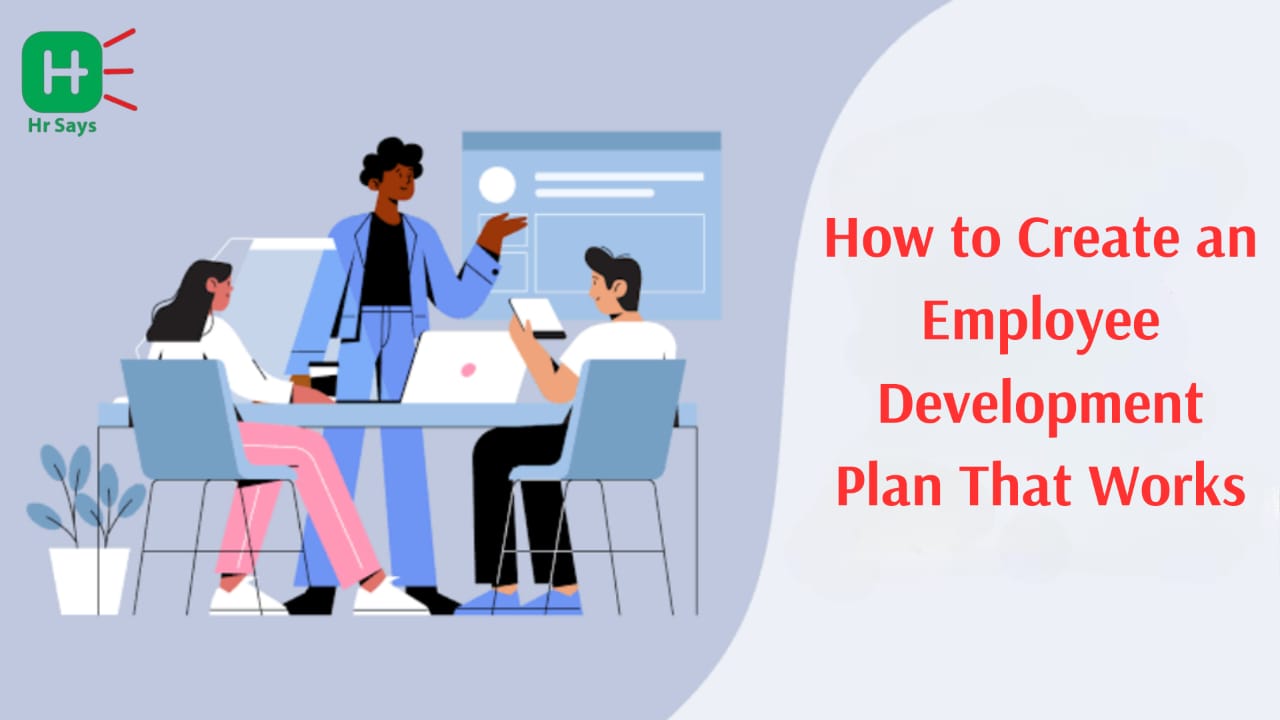Why do employees remain, develop and perform to the best of their abilities? It is not always a salary that is important but an opportunity to learn and develop. Employee development plan provides guide, training and coordination of growth towards the organizational objectives.
Understanding the Purpose of a Development Plan
The purpose of a plan should be clear before creation of a plan. A development plan is not a packaged form. It plays the role of a systematic progression that assists employees in developing within their jobs and prepares them to fulfill bigger roles in the future. Once it is clear what it is all about, it can be more straightforward to devise meaningful steps.
Identifying Employee Strengths and Gaps
Every plan begins with a simple truth: no two employees are the same. Identifying what someone does well and where they need support helps in crafting a personalized roadmap.
● Review current performance.
● Discuss long-term career goals.
● Recognize both strengths and areas for growth.
A development plan works only when it connects current skills to future aspirations.
Setting Realistic and Measurable Goals
Without clear goals, a plan feels vague. Goals should be realistic and measurable. They should challenge employees without overwhelming them. Using small, defined milestones ensures steady progress. For instance, improving presentation skills could be tracked through team meetings or workshops attended.
Short-Term Goals
These usually span a few weeks or months. They focus on building quick wins that keep employees motivated.
Long-Term Goals
These take longer, often years. They align with career progression, leadership roles, or specialized expertise.
Designing Learning Opportunities
Growth happens when employees are exposed to learning beyond routine tasks. Development plans should offer diverse opportunities.
● Training sessions and workshops.
● Job rotations to learn new roles.
● Mentorship programs for guidance.
● Online courses or certifications.
Each opportunity should be chosen based on individual career paths, not as a one-size-fits-all approach.
Regular Check-Ins and Feedback
A plan without follow-up soon loses impact. Regular check-ins keep progress alive and provide clarity. Feedback should be constructive and specific. Employees must know where they stand and what steps will help them improve further.
Encouraging Ownership of Growth
A successful development plan is not just led by managers. Employees should take ownership of their journey. Encouragement to track their own progress, seek feedback, and reflect on their learning makes the plan more effective. Growth feels real only when it is self-driven.
Conclusion
An employee development plan is not a fixed document. It is a living framework that changes as employees evolve. When designed thoughtfully, it nurtures talent, builds confidence, and ensures long-term growth for both individuals and organizations.

 An employee development plan guides employees in growing their skills and careers while aligning with organizational needs. By identifying strengths, setting goals, offering learning opportunities, and encouraging ownership, it creates lasting value for both the employee and the company.
An employee development plan guides employees in growing their skills and careers while aligning with organizational needs. By identifying strengths, setting goals, offering learning opportunities, and encouraging ownership, it creates lasting value for both the employee and the company.












.jpeg)
.jpeg)

.jpeg)

.jpeg)


.jpeg)

.jpeg)

.jpeg)


